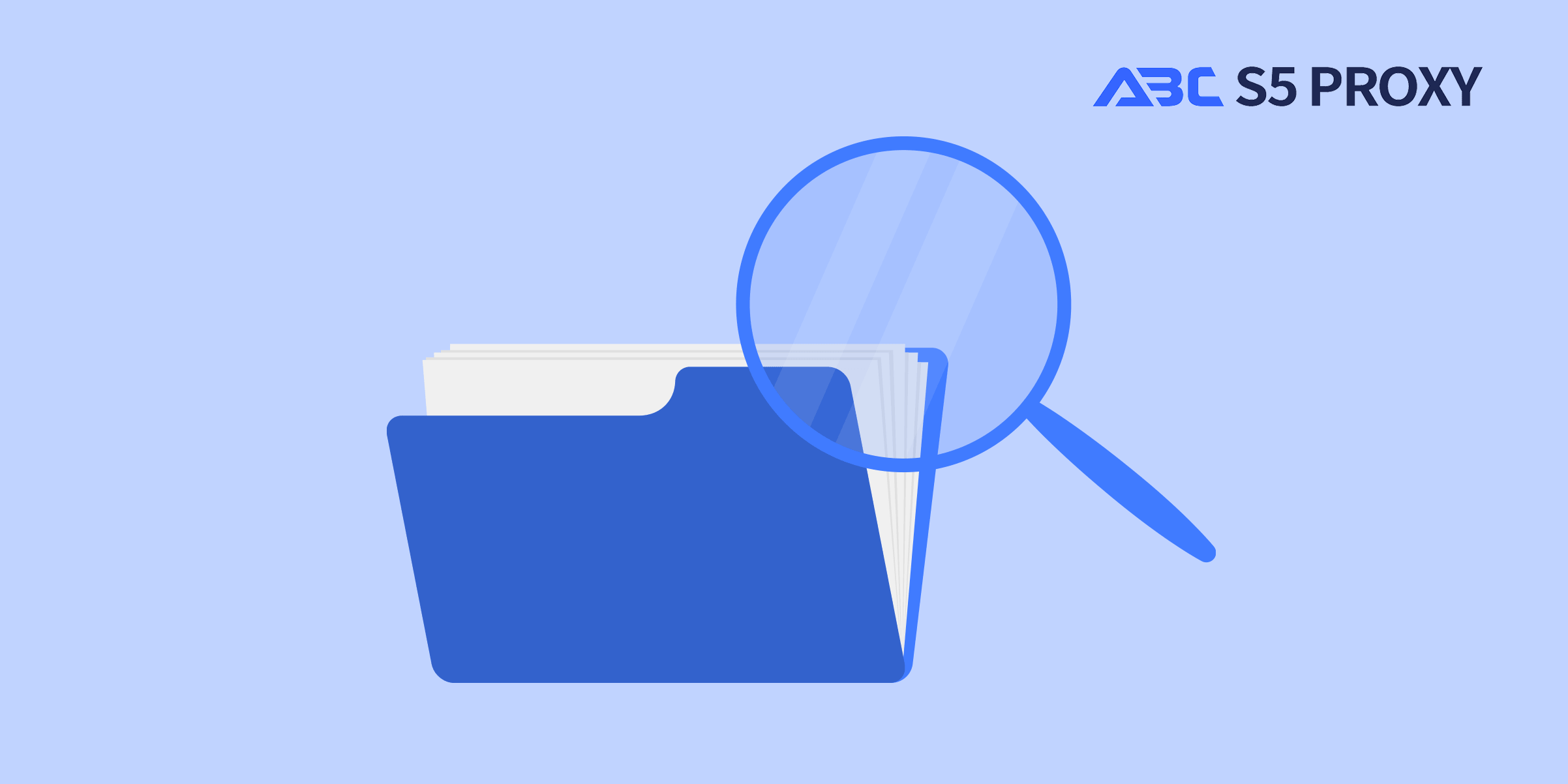Residential Proxies
Allowlisted 200M+ IPs from real ISP. Managed/obtained proxies via dashboard.

Proxies Services
Residential Proxies
Allowlisted 200M+ IPs from real ISP. Managed/obtained proxies via dashboard.
Residential (Socks5) Proxies
Over 200 million real IPs in 190+ locations,
Unlimited Residential Proxies
Unlimited use of IP and Traffic, AI Intelligent Rotating Residential Proxies
Static Residential proxies
Long-lasting dedicated proxy, non-rotating residential proxy
Dedicated Datacenter Proxies
Use stable, fast, and furious 700K+ datacenter IPs worldwide.
Mobile Proxies
Dive into a 10M+ ethically-sourced mobile lP pool with 160+ locations and 700+ ASNs.
Scrapers
Collection of public structured data from all websites
Proxies
Residential Proxies
Allowlisted 200M+ IPs from real ISP. Managed/obtained proxies via dashboard.
Starts from
$0.6/ GB
Residential (Socks5) Proxies
Over 200 million real IPs in 190+ locations,
Starts from
$0.03/ IP
Unlimited Residential Proxies
Unlimited use of IP and Traffic, AI Intelligent Rotating Residential Proxies
Starts from
$1816/ MONTH
Rotating ISP Proxies
ABCProxy's Rotating ISP Proxies guarantee long session time.
Starts from
$0.4/ GB
Static Residential proxies
Long-lasting dedicated proxy, non-rotating residential proxy
Starts from
$4.5/MONTH
Dedicated Datacenter Proxies
Use stable, fast, and furious 700K+ datacenter IPs worldwide.
Starts from
$4.5/MONTH
Mobile Proxies
Allowlisted 200M+ IPs from real ISP. Managed/obtained proxies via dashboard.
Starts from
$1.2/ GB
Scrapers
Web Unblocker
Simulate real user behavior to over-come anti-bot detection
Starts from
$1.2/GB
Serp API
Get real-time search engine data With SERP API
Starts from
$0.3/1K results
Scraping Browser
Scale scraping browsers with built-inunblocking and hosting
Starts from
$2.5/GB
Documentation
All features, parameters, and integration details, backed by code samples in every coding language.
TOOLS
Resources
Addons
ABCProxy Extension for Chrome
Free Chrome proxy manager extension that works with any proxy provider.
ABCProxy Extension for Firefox
Free Firefox proxy manager extension that works with any proxy provider.
Proxy Manager
Manage all proxies using APM interface
Proxy Checker
Free online proxy checker analyzing health, type, and country.
Proxies
AI Developmen
Acquire large-scale multimodal web data for machine learning
Sales & E-commerce
Collect pricing data on every product acrossthe web to get and maintain a competitive advantage
Threat Intelligence
Get real-time data and access multiple geo-locations around the world.
Copyright Infringement Monitoring
Find and gather all the evidence to stop copyright infringements.
Social Media for Marketing
Dominate your industry space on social media with smarter campaigns, anticipate the next big trends
Travel Fare Aggregation
Get real-time data and access multiple geo-locations around the world.
By Use Case
English
繁體中文
Русский
Indonesia
Português
Español
بالعربية

Python XML Parser: A Comprehensive Guide
XML (eXtensible Markup Language) is a widely-used format for storing and transporting data, especially in web development and data exchange. When working with XML data in Python, it is essential to have a good understanding of how to effectively parse and manipulate XML files. In this blog, we will explore the basics of XML parsing in Python and introduce some popular libraries that make XML parsing a breeze.
XML parsing refers to the process of reading an XML document and extracting relevant information from it. This can involve navigating the document's structure, extracting specific elements or attributes, and transforming the data into a more usable format. Python provides several libraries for XML parsing, each with its own strengths and features.
1. ElementTree
ElementTree is a simple and efficient library for parsing and creating XML in Python. It is part of the Python standard library, which means you do not need to install any additional packages to use it. ElementTree provides a simple and intuitive API for parsing XML documents, making it a popular choice for basic XML processing tasks.
2. minidom
The minidom module is another built-in XML processing library in Python. It provides a Document Object Model (DOM) implementation for working with XML data. While minidom can be easier to use for some tasks, it is generally slower and more memory-intensive compared to ElementTree.
1. lxml
lxml is a powerful and feature-rich library for processing XML and HTML documents in Python. It is built on top of libxml2 and libxslt libraries, making it fast and efficient for handling large XML files. lxml supports both ElementTree and XPath APIs, making it a versatile choice for a wide range of XML processing tasks.
2. xmltodict
xmltodict is a lightweight library that simplifies XML parsing by converting XML data into a dictionary format. This makes it easier to work with XML data in Python, especially for users who are more comfortable with dictionary manipulation. xmltodict is well-suited for scenarios where you need to quickly extract data from XML files without dealing with complex XML parsing logic.
Now, let's walk through a simple example of parsing an XML file using the ElementTree library in Python:
```python
import xml.etree.ElementTree as ET
# Load the XML file
tree = ET.parse('data.xml')
root = tree.getroot()
# Extract information from the XML document
for child in root:
print(child.tag, child.attrib)
# Access specific elements
for elem in root.iter('item'):
print(elem.text)
```
In this example, we first load an XML file called 'data.xml' using ElementTree. We then loop through the root element's children to extract information and access specific elements using the `iter()` method.
In conclusion, Python offers a variety of options for parsing and manipulating XML data, ranging from built-in libraries like ElementTree to third-party libraries like lxml and xmltodict. The choice of which library to use depends on the specific requirements of your XML processing tasks, such as performance, ease of use, and desired functionality.
By mastering XML parsing in Python, you can efficiently work with XML data and leverage its power for a wide range of applications, from web scraping to data transformation. Whether you are a beginner or an experienced Python developer, understanding XML parsing techniques is a valuable skill that can enhance your data processing capabilities.
Featured Posts
Popular Products
Residential Proxies
Allowlisted 200M+ IPs from real ISP. Managed/obtained proxies via dashboard.
Residential (Socks5) Proxies
Over 200 million real IPs in 190+ locations,
Unlimited Residential Proxies
Use stable, fast, and furious 700K+ datacenter IPs worldwide.
Rotating ISP Proxies
ABCProxy's Rotating ISP Proxies guarantee long session time.
Residential (Socks5) Proxies
Long-lasting dedicated proxy, non-rotating residential proxy
Dedicated Datacenter Proxies
Use stable, fast, and furious 700K+ datacenter IPs worldwide.
Web Unblocker
View content as a real user with the help of ABC proxy's dynamic fingerprinting technology.
Related articles

Unlocking the Power of Digital Marketing Analytics with Proxy Solutions
Discover the power of Digital Marketing Analytics and Proxy services in optimizing online campaigns. Dive into the world of data-driven decisions and efficient marketing strategies. Explore how these tools can enhance your online presence and drive better results.

Leveraging Ad Blockers and Analytics Counters for Enhanced Performance
Harnessing ad blockers and analytics counters is crucial for optimizing your website's performance and user experience. Learn how to effectively utilize these tools to enhance your online presence and drive valuable insights for your marketing strategy.

Mastering XML Parsing in Python
Title: Exploring the Power of Python XML ParserPython's built-in XML parser is a powerful tool that allows developers to efficiently handle and manipulate XML data. In this blog post, we delve into the world of Python XML parsing and explore how this feature can be used to extract, modify, and analyze XML documents with ease.We will discuss the various methods and functions provided by Python's XML parser module, as well as showcase practical examples of how to parse XML files, extract specific elements, and navigate through the XML tree structure. Additionally, we will explore how to handle namespaces, attributes, and namespaces in XML documents using Python's XML parser.By the end of this blog post, you will have a solid understanding of how to leverage Python's XML parser to work with XML data effectively and efficiently, opening up a world of possibilities for your data manipulation and analysis tasks.